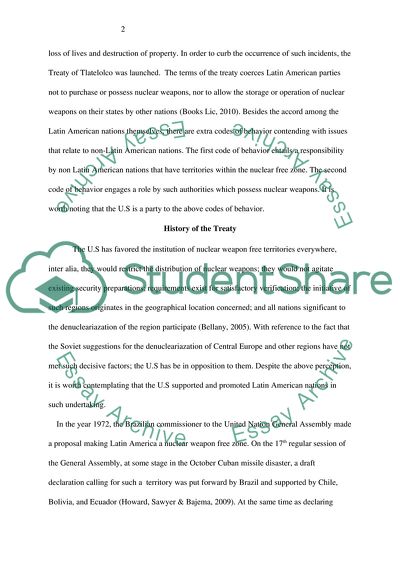Cite this document
(Treaty for the Prohibition of Nuclear Weapons in Latin America and the Assignment, n.d.)
Treaty for the Prohibition of Nuclear Weapons in Latin America and the Assignment. Retrieved from https://studentshare.org/politics/1796627-treaty-analysis
Treaty for the Prohibition of Nuclear Weapons in Latin America and the Assignment. Retrieved from https://studentshare.org/politics/1796627-treaty-analysis
(Treaty for the Prohibition of Nuclear Weapons in Latin America and the Assignment)
Treaty for the Prohibition of Nuclear Weapons in Latin America and the Assignment. https://studentshare.org/politics/1796627-treaty-analysis.
Treaty for the Prohibition of Nuclear Weapons in Latin America and the Assignment. https://studentshare.org/politics/1796627-treaty-analysis.
“Treaty for the Prohibition of Nuclear Weapons in Latin America and the Assignment”, n.d. https://studentshare.org/politics/1796627-treaty-analysis.


